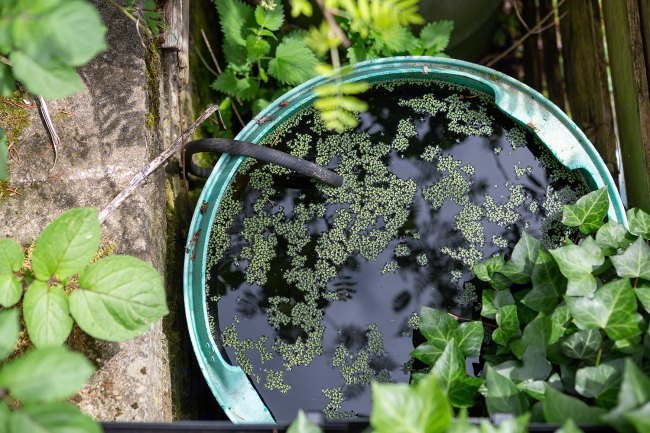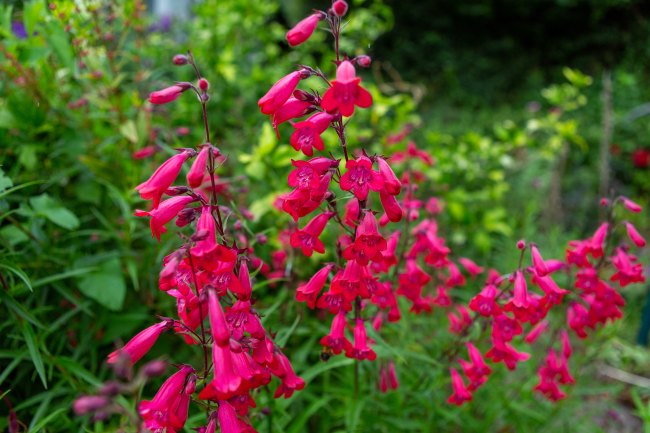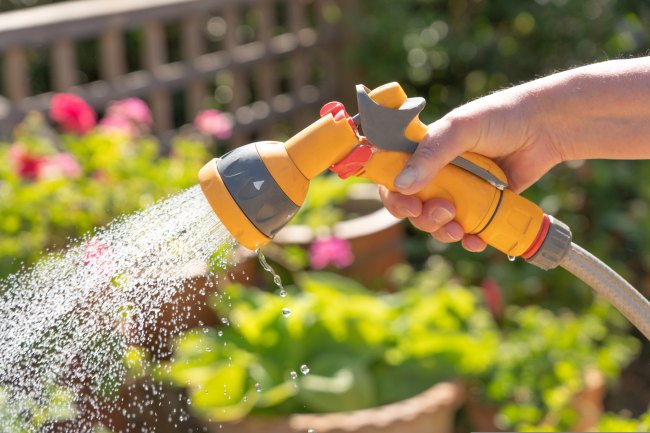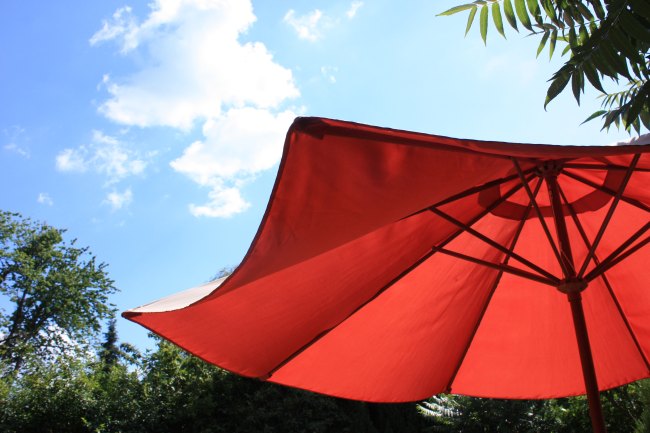Quick tips to reduce the need for watering
If you’re already tired from watering, here are seven ways that can reduce the need for irrigation all year round, regardless of the source of water. Janet Manning is Water Reduction Officer at the Royal Horticultural Society. She explains that if we can reduce our reliance on watering, we’ll be able to ditch the mains water hose and then any hosepipe ban will have little effect on gardening.

- Add mulch with large particle, pale coloured organic matter, such as straw, dry leaves or sheep wool. It will insulate the roots from the sun and avoid water being held at the soil surface and evaporating. This is especially useful for allotments where it’s not always possible to be there every day.

- Use shade to turn down the heat. Use a sunshade or push containers together so they shade each other, which can reduce the need for irrigation. And use saucers under containers.
- Put in extra water butts while the weather is dry, they will be of no use immediately, but dry spells do tend to break with a heavy downpour and will soon fill when that happens.
- There is no need to throw out the hose completely, use it to siphon water from your water butts to others placed further away from the original butt. As long as the butts are placed at reasonably similar levels, they will work as one tank without the need to carry water long distances.
- Keep soil covered and disturbance to a minimum. Planting can continue but with one long deep drink of water at planting and a good layer of mulch, irrigation shouldn’t be needed more than once a week.
- Remember the effort of the additional irrigation that has to be done when it stops raining, and start planning a more resilient garden in the autumn. Aim for deeply aerated soil, if you have sandy or chalky soil, you have some resilience built in already, but heavier clay soils will benefit from a layer of organic mulch to help open up the soil structure to let the water drain deeply.
- Choose the right plants to complement the growing conditions you have. When you choose new plants, consider the aspect, soil texture and pH and use a data base such as RHS Find A Plant. A plant in the right place will take less looking after.
This list concludes a series of blogs by Janet helping gardeners better store rainwater, making gardens more resilient to hot weather and reducing flooding when it rains.
More gardening tips

A resilient garden all year round
Plan and maintain your garden to be more resilient to hot weather and reduce flooding when it rains.

Is it time for gardeners to hang up their hoses for good?
Adapt to dry spells without reaching for the hose and sprinkler.

Four gardening tips for hot weather
Neither you nor your plants want to have to work hard in the heat.
